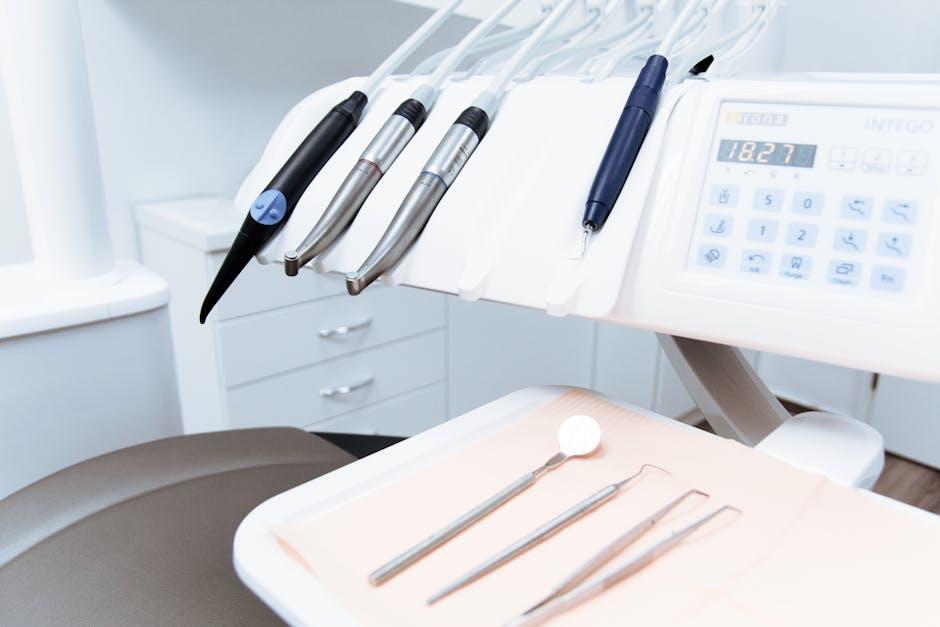
The Patient Didn’t Premedicate, But You Performed a Dental Procedure. Now What?
In dental practice, ensuring patient safety is paramount, especially when working with individuals who require antibiotic prophylaxis or other premedication prior to dental procedures. But sometimes, despite clear instructions, patients may arrive without having premedicated as prescribed. This situation can cause anxiety and uncertainty for dentists and staff—should the procedure proceed? What are the risks? What are the next steps after the procedure?
In this comprehensive guide, we’ll explore how to manage cases when a patient didn’t premedicate but you performed a dental procedure anyway. We’ll cover the risks, practical steps, and clinical advice to protect your patient’s health and maintain professional standards. Whether you’re a general dentist, specialist, or part of a dental care team, this guide equips you with knowledge to navigate this tricky scenario confidently.
Understanding the Importance of Premedication in Dentistry
Premedication is commonly prescribed to patients at risk of developing systemic infections following invasive dental procedures. This includes patients with specific cardiac conditions, prosthetic joints, or compromised immune systems. Antibiotic prophylaxis is intended to prevent bacterial endocarditis or infections at vulnerable sites.
Key reasons for dental premedication include:
- Preventing infective endocarditis in at-risk cardiac patients (e.g., those with artificial heart valves, previous IE history)
- Protecting patients with prosthetic joint implants during invasive procedures
- Minimizing infection risk in immunocompromised individuals
- Reducing post-procedural complications from oral bacteria entering the bloodstream
Not following premedication protocols can increase the risk of serious infections, posing a threat to patient safety.
Scenario: The Patient Did Not Premedicate But You Went Ahead with the Procedure
This situation arises occasionally for various reasons—patient forgetfulness, miscommunication, or access issues. When it happens, it is critical to act thoughtfully and methodically.
Immediate Considerations
- Assess the procedure type: Was it invasive (tooth extraction, scaling below the gum line) or minimally invasive (routine cleaning)? Risk levels differ.
- Review patient’s medical history: Confirm why premedication was indicated and the potential risks involved if missed.
- Document thoroughly: Detail the lack of premedication noted prior and the decision to proceed, including patient consent.
Risk Assessment Table: Procedure vs. Premedication Status
| Procedure Type | Risk Without Premedication | Recommended Follow-Up |
|---|---|---|
| Invasive (e.g., extractions, periodontal surgery) | High—potential for bacteremia and systemic infection | Consider post-op antibiotics; close monitoring |
| Minimally invasive (e.g., routine cleaning) | Low—less risk of bacteremia | Inform patient; standard care with observation |
| Other invasive procedures (e.g., implant placement) | High—significant infection risk | Urgent consultation with patient’s physician; possible antibiotic therapy |
What Steps Should You Take Immediately After the Procedure?
After realizing the patient did not premedicate but the procedure was completed, follow this sequence of steps to minimize complications and protect patient health.
1. Inform the Patient Clearly and Compassionately
Explain the situation in straightforward terms, emphasizing why premedication was important and the risks involved. Assure them you will take all steps to monitor and manage their health.
2. Consult Their Physician or Specialist
Contact the patient’s cardiologist, orthopedic surgeon, or relevant healthcare provider to discuss the event. This collaboration helps determine if any additional antibiotic therapy or monitoring is needed.
3. Consider Prescribing Post-Procedure Antibiotics
In some cases, administering antibiotics after the procedure can mitigate risks, especially if the procedure was invasive. Use clinical judgment and professional guidelines such as those from the American Dental Association (ADA) or the American Heart Association (AHA).
4. Monitor for Signs of Infection
- Advise the patient to watch for fever, swelling, unusual pain, or inflammation
- Schedule prompt follow-up visits to check healing progress
- Maintain open communication for any emerging concerns
Legal and Ethical Considerations
Performing a procedure without proper premedication can raise liability concerns. To protect yourself and your practice:
- Document everything: Note all patient communications, consent discussions, medical history reviews, and clinical decisions.
- Obtain informed consent: If proceeding without premedication, explain the risks and get the patient’s acknowledgment, preferably in writing.
- Follow established guidelines: Reference current professional protocols to justify your clinical decision.
Practical Tips to Prevent Premedication Issues
Preventing premedication mishaps is key to smooth dental practice operations and patient safety. Here are some tips to avoid these situations:
- Verify premedication status during appointment confirmation calls.
- Send reminder texts/emails outlining premedication instructions.
- Use checklists at patient intake to confirm medication compliance.
- Educate patients thoroughly on why premedication matters.
- Coordinate with patient’s healthcare providers ahead of procedures.
Case Study: Managing a Missed Premedication Scenario
Patient Background: A 65-year-old male with a history of mitral valve replacement scheduled for dental scaling and root planing.
Issue: Patient did not take prescribed antibiotics before the appointment.
Action Taken:
- Procedure proceeded due to patient needing urgent periodontal care and understanding of risks
- Clear documentation of consent and risks discussed with patient
- Contacted cardiologist post-procedure for antibiotic recommendations
- Prescribed post-procedure antibiotics per cardiologist advice
- Regular follow-up with patient for signs of infection over two weeks
Outcome: Patient recovered without complication; compliance with future premedication improved significantly.
Conclusion: Prioritizing Patient Safety in Premedication Gaps
When a patient arrives without having premedicated but a dental procedure proceeds, it’s critical not to panic. By understanding the risks, communicating openly, collaborating with healthcare providers, and closely monitoring the patient, you can minimize complications effectively.
Proactive prevention—through patient education, reminders, and meticulous documentation—is the best defense against premedication lapses. Equip your practice with protocols that protect both your patients and your professional integrity.
In dentistry, knowledge and preparedness are your greatest allies. Use these insights to handle missed premedication scenarios confidently and deliver exceptional patient care every time.


